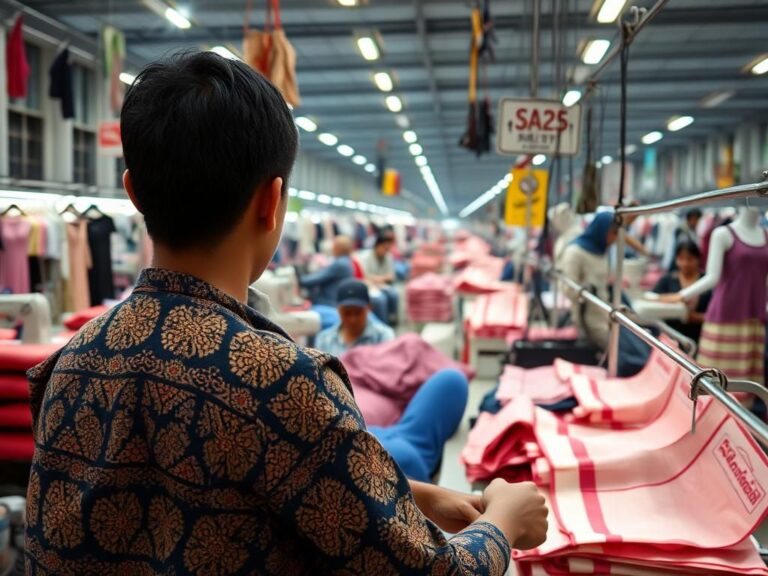Cambodia has secured a significant reduction in tariffs, alleviating immediate anxieties within its crucial garment and footwear sectors. The initial shock of a potential 49% tariff has been tempered by a negotiated decrease to 19%, offering a measure of relief.
The threat of a nearly 50% tariff, if implemented, had cast a long shadow over Cambodia’s economy, heavily reliant on the export of garments and footwear. This industry constitutes a cornerstone of the nation’s GDP, employing a significant portion of the workforce. The potential imposition of such a steep levy sparked widespread concern among manufacturers and analysts, predicting significant job losses and economic instability. The final, negotiated tariff reduction to 19% represents a partial victory, mitigating the most dire predictions. While the adjustment will still impact profitability, the scale of the damage is now expected to be considerably less severe.
The negotiation, details of which remain somewhat opaque, follows months of intense lobbying efforts from both Cambodian government officials and industry representatives. The industry argued that the drastic tariff would not only cripple existing businesses but also discourage future investment, potentially undermining years of economic development. Experts suggest this compromise offers Cambodia a vital period to recalibrate its trade strategies, explore alternative export markets, and diversify its economy away from such heavy reliance on a single sector.
However, the 19% tariff, although lower than the original threat, still poses a challenge. It remains to be seen what long-term consequences the revised rate will have on the global competitiveness of Cambodian-made goods. Some economists caution that while the immediate threat has lessened, ongoing geopolitical tensions and shifts in global trade policies could present further obstacles. Moreover, the reduction does not fully resolve concerns regarding labor practices and environmental regulations within the garment sector, issues that continue to draw scrutiny from international watchdogs.
The tariff reduction provides a crucial reprieve, but the future of Cambodia’s garment industry remains uncertain. Will the lower rate provide sufficient breathing room for long-term sustainability, or will other external pressures ultimately reshape the sector?




